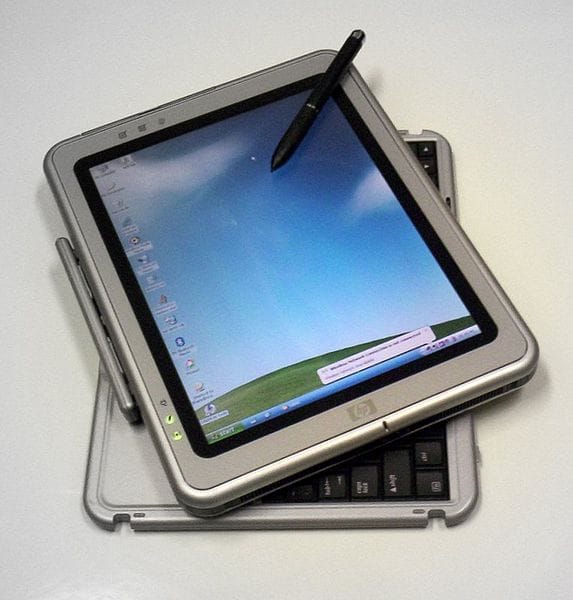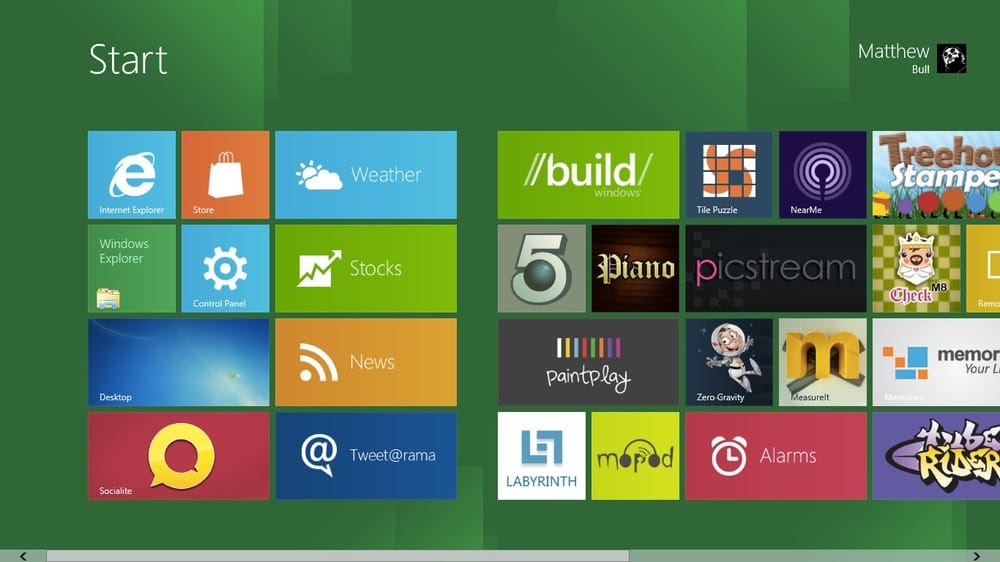Windows 8 Dilemma
I’ve been using the Windows 8 Developer Preview for just over one week and felt it was a good time to provide an update on my first impressions.
Microsoft have attempted to achieve the impossible, one single operating system that delivers an exceptional user experience for both the desktop and tablet paradigm. This is actually not the first time they have attempted this feat, as in 2002 Microsoft released a tablet edition of Windows XP.

The idea behind Windows XP Tablet Edition was that it would have all the features of the traditional Windows desktop (working with the standard keyboard and mouse), while having specific customisations for tablet usage, such as being touch enabled. Unfortunately anyone that actually used one of these tablets will know that the experience was horrible. The main issue was that all of the menus and icons were designed for the mouse pointer, therefore attempting to use touch was extremely frustrating and at times impossible. As a result most people that bought a Windows XP tablet would inevitably end up reverting back to the keyboard and mouse. Despite the tablet’s obvious short comings and poor sales, Microsoft continue to attempt to sell Windows based tablets right up to today, where they have only managed to achieve moderate success in very specific markets, such as corporate sales.
I had hoped that Microsoft would have learnt from the past ten years, but it looks like they are about to make the same mistakes again. The main difference this time is that they have re-built Windows with touch as the primary human interface device. The Start Screen is an obvious example of this, where it has large tiles that are easy to navigate using your finger.

This works great for touch and I love the “Metro Style” user interface, but the problems start when you switch back to the traditional desktop, as Microsoft have seen fit to remove the Start Menu and replace it with the Start Screen. Therefore even when using a keyboard and mouse, which works well for the traditional desktop, you are constantly forced to switch to the Start Screen to search for documents and open new applications. This not only results in a shocking change of user interface, but also a sub-optimal experience when attempting to use the keyboard and mouse with the large tiles on the Start Screen. When you consider this experience, it is actually very similar to the Windows XP Tablet Edition issue, except this time it’s the keyboard and mouse that becomes frustrating to use.
This does not even take into consideration the developers who now have the horrendous prospect of having to design applications that will work for both the keyboard & mouse and touch! I guarantee that this will be a nightmare, resulting applications favoring one style and delivering a sub-standard experience for the other.
So are Microsoft about to alienate 90% of the worlds Windows users by reducing the usability of the keyboard and mouse? In my opinion, if Windows 8 does not change, then the answer is yes.
To conclude, if I had to sum up the Windows 8 Developer Preview in one word it would be “confused”. This is because Windows 8 is confusing to use, as you have to constantly switch between the traditional desktop and the Metro Style user interface. It is also confusing why Microsoft believe we must have one operating system for both the keyboard & mouse and touch? Why not have two distinct operating systems that are both built from the same core. Would that not be simpler for the users and developers, as well as preserve Microsoft’s existing customer base, which I honestly believe they run the risk of losing with their “one operating system to rule them all” strategy.